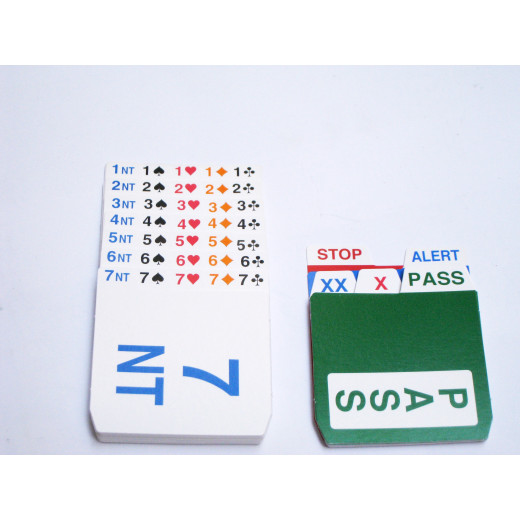Bridge would make little to no sense without the numbers.

High-card points, low-card points, bonus points, master points. There are also points-when-vulnerable. Numbers happen to matter a lot in the game.
The good news is that you don’t have to be a mathematician or kid with exceptionally high test scores to enjoy bridge. Playing bridge is there to help you develop these skills instead of feeling that you have to be terrified of them.
I remember being attracted to games like blackjack, poker and bridge as a student. I also remember hating math tests when they weren’t presented with card decks.
At the time, I didn’t see the connection. Eventually, the two came together. I got better at bridge, and I got better at numbers – but over time.
Here’s a closer look at Bridge Basics (by the Numbers) for the new players of the Prime Club who are just starting out.
2 – honeymoon bridge
An average game needs 4 players according to Wikipedia, but there are other ways to do it.
Honeymoon bridge only requires 2 players, and it’s not the only thing you can do on your honeymoon with only two people present.
Alternatively, empty seats at your BBO game can be filled up with any number of GIB robots you require.
3 – games to a rubber
There are 3 games to a rubber.
Rubber bridge is popular, and usually played wherever bridge gets played. It’s a more casual form of scoring and playing it.
While we’re pretty aware that condoms are also called rubbers, it hasn’t changed the name of rubber bridge yet (and unless there are alternate suggestions taking off, the name stays).
4 – seats
Since they can be filled up with robot players too, let’s say that the standard game of bridge has 4 seats.
If you’re all in the same vehicle to the bridge game, let’s hope your chosen car has 4 seats too. Don’t let GIB ride shotgun – bots can get a little cocky about the directions. (Ever seen K.I.T.T. Boss the Hoff around?)
6 – book
Six tricks are called book.
This means players need a minimum of 6 tricks, plus what they’ve bid, to make their contract.
For new players: this is why people start sweating at the table the higher the bids go, usually, much like the pot at a poker game.
High bid from opponent? Well, best of luck. Remember to add six to the final bid to find out how many tricks make contract.
7NT – Grand Slam
7NT is the highest possible bid that can be made in the average bridge game.
Add 6 to this, and you’ve got 13.
A bid this high assumes the game is going towards a Grand Slam (or a really interesting attempt at one).
8 – Golden Fit
Eight cards in a suit at any point? This is called a Golden Fit.
That’s because you can do a whole lot with it during the game if you, well, play your cards right.
12 – Little Slam
When you don’t make it to a Grand Slam (or don’t bid in the direction of one), there’s the Little Slam.
This means 12 tricks to the winning.
It’s not quite Grand, but Little.
13 – cards / tricks
There’s a lot of superstition surrounding the number 13, but for witches and bridge players, it can be a lucky number.
There are 13 cards in each hand at the start of the game, and 13 tricks are a Grand Slam.
There also has to be exactly 13 drops of rosewater to a successful love potion. (Note: Nope.)
15 – words
Bridge players are allowed to use a total of 15 words during the bidding phase.
This includes Pass, but doesn’t include any other four-letter words that might come to mind.
40 – HCPs
Players are encouraged to count their high-card points.
That’s what their Aces, Kings, Queens and Jacks are worth for each individual hand. (And yes, it’s a good idea to guess where the other HCPs are elsewhere on the table right from the start.)
Each deck has a total of 40, with 10 of them per suit.
